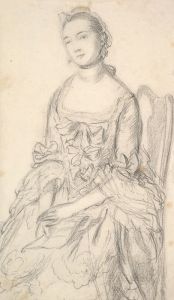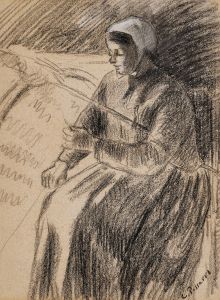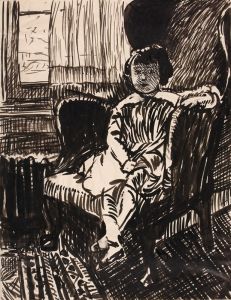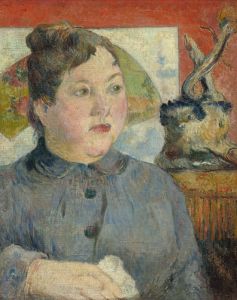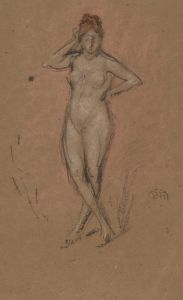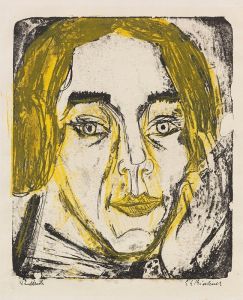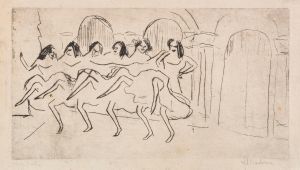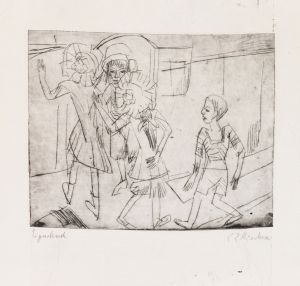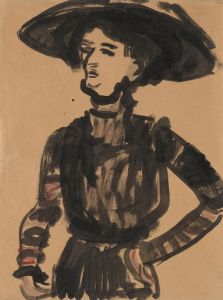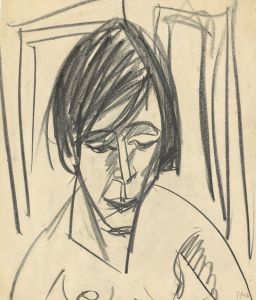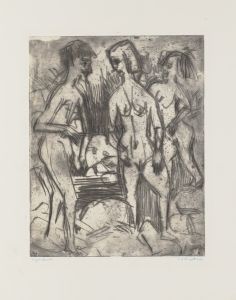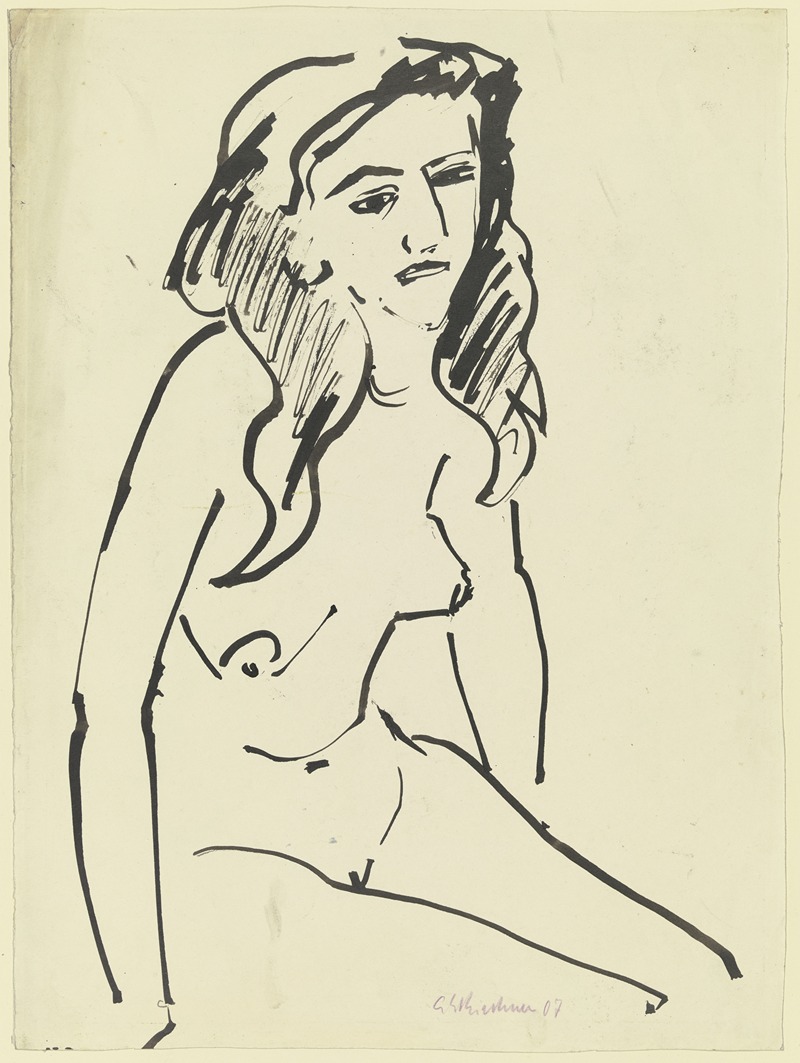
Mädchenakt, sitzend
A hand-painted replica of Ernst Ludwig Kirchner’s masterpiece Mädchenakt, sitzend, meticulously crafted by professional artists to capture the true essence of the original. Each piece is created with museum-quality canvas and rare mineral pigments, carefully painted by experienced artists with delicate brushstrokes and rich, layered colors to perfectly recreate the texture of the original artwork. Unlike machine-printed reproductions, this hand-painted version brings the painting to life, infused with the artist’s emotions and skill in every stroke. Whether for personal collection or home decoration, it instantly elevates the artistic atmosphere of any space.
Ernst Ludwig Kirchner, a prominent German expressionist painter and one of the founding members of the artist group Die Brücke, created the artwork "Mädchenakt, sitzend" (Seated Nude Girl). Kirchner's work is renowned for its bold use of color, dynamic compositions, and exploration of modern life themes, often reflecting the psychological tension and societal changes of the early 20th century.
"Mädchenakt, sitzend" is a prime example of Kirchner's approach to the human form and his interest in the nude as a subject. The painting features a young woman seated, depicted with Kirchner's characteristic expressive brushwork and vibrant color palette. The figure is rendered in a way that emphasizes the emotional and psychological presence of the subject rather than adhering to traditional notions of beauty or anatomical accuracy. This approach aligns with the broader goals of the expressionist movement, which sought to convey emotional experience rather than physical reality.
Kirchner's nudes often reflect his interest in non-Western art forms, which he and his contemporaries viewed as more 'primitive' and 'authentic' compared to the academic art traditions of Europe. This influence is evident in the simplified forms and bold outlines present in "Mädchenakt, sitzend." The painting's composition and the sitter's pose may also suggest an influence from the woodcut prints and sculptures that Kirchner admired.
The context of Kirchner's work is crucial to understanding its significance. Die Brücke, founded in 1905, aimed to create a new artistic expression that broke away from the conservative art of the time. The group was inspired by the works of Vincent van Gogh, Edvard Munch, and the Fauves, and sought to express raw emotion and explore themes of modernity, urban life, and the human condition. Kirchner's nudes, including "Mädchenakt, sitzend," often explore the tension between the individual and society, as well as the complexities of human sexuality and identity.
Kirchner's work was deeply affected by the socio-political upheavals of his time, including World War I and the subsequent changes in German society. His art reflects a sense of anxiety and dislocation, which is often interpreted as a response to the rapid modernization and industrialization of the early 20th century. The expressive style of "Mädchenakt, sitzend" can be seen as a visual manifestation of these broader cultural and psychological tensions.
Throughout his career, Kirchner faced both acclaim and controversy. His work was included in the infamous "Degenerate Art" exhibition organized by the Nazi regime in 1937, which condemned modernist art. Despite this, Kirchner's influence on modern art is undeniable, and his works are celebrated for their innovative approach and emotional depth.
"Mädchenakt, sitzend" remains an important piece within Kirchner's oeuvre, exemplifying his unique style and thematic concerns. Today, Kirchner's works are held in major collections worldwide, and he is recognized as a pivotal figure in the development of modern art. His exploration of the human form and psyche continues to resonate with audiences, offering insight into the complexities of early 20th-century life and the enduring power of expressionist art.






